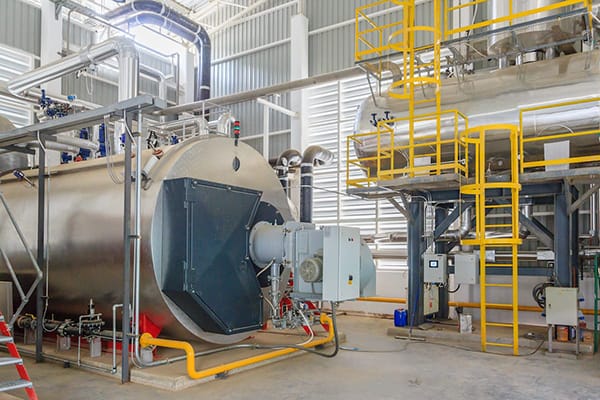The manufacturing industry is witnessing a significant transformation, largely propelled by advancements in thermal equipment. This essential guide delves into how modern thermal solutions are revolutionizing manufacturing processes, enhancing efficiency, and improving product quality.
The Evolution of Thermal Equipment in Manufacturing
Thermal equipment has long been a cornerstone in manufacturing, playing a pivotal role in processes ranging from metalworking to food production. Traditionally, these systems have focused on fundamental objectives like heating, melting, or drying materials. However, recent advancements have elevated these machines from basic heat providers to sophisticated tools integral to manufacturing innovation.
The introduction of cutting-edge technology has led to more precise temperature control, energy efficiency, and better overall performance. This evolution is not just a matter of improved hardware; it involves a holistic approach that combines innovative design, advanced materials, and intelligent control systems.
Modern Applications and Advancements
One of the key players in this field is industrial ovens, which have undergone significant upgrades. These ovens are now more than just heating chambers; they are finely tuned instruments capable of delivering precise thermal processing. Their applications range from curing and drying to baking and annealing, each process benefiting from the technological enhancements.
Modern thermal equipment, including industrial ovens, now often incorporates automation and data analytics. These features enable more consistent quality, reduce the scope for human error, and can even predict maintenance needs, thereby reducing downtime and improving efficiency.
The Role of Sustainability in Thermal Technology
Sustainability is a driving force in the redesign and development of thermal equipment in the manufacturing sector. As industries face increasing pressure to reduce their carbon footprint, manufacturers of thermal equipment are responding with more energy-efficient designs. This shift not only aligns with environmental goals but also offers long-term cost savings for manufacturers.

Advanced insulation materials, improved heat exchangers, and the adoption of renewable energy sources are just a few examples of how thermal equipment is becoming greener. These changes are not only beneficial for the planet but also enhance the efficiency and performance of the equipment.
Choosing the Right Thermal Equipment for Your Needs
Selecting the appropriate thermal equipment is critical for achieving desired outcomes in manufacturing. Factors to consider include the specific application requirements, the scale of production, and energy efficiency. It’s also important to look at the long-term operational costs, not just the upfront investment.
When evaluating options, consider the adaptability of the equipment to future changes in production or product lines. Equipment that can be easily updated or reconfigured offers a more sustainable, long-term solution.
In essence, the new age of thermal equipment in manufacturing is characterised by a blend of technological innovation, efficiency, and a commitment to sustainability. These advancements are not merely enhancing existing processes; they are opening doors to new possibilities in manufacturing, setting the stage for a more efficient, eco-friendly, and productive future in industrial operations.






